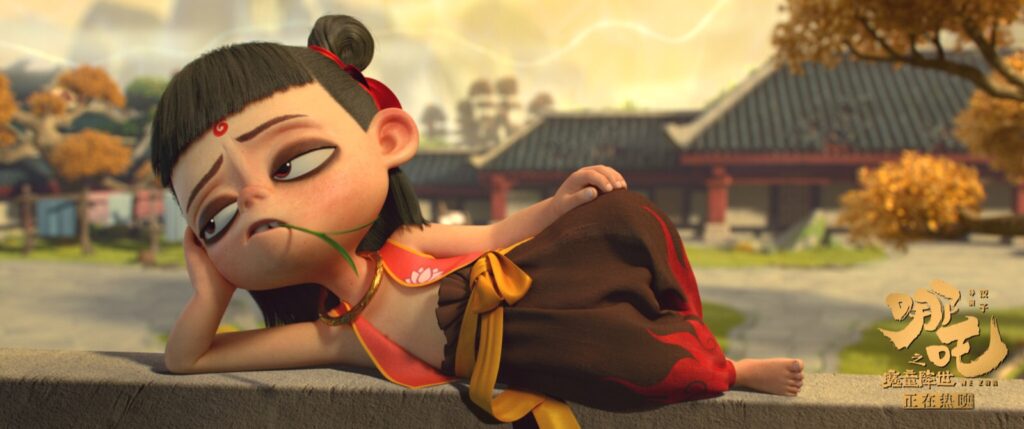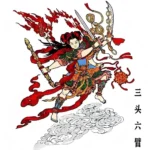In the rich tapestry of Buddhist and Chinese mythology, few figures captivate the imagination quite like Nezha (哪吒), the rebellious child deity. Known for his fiery temper, supernatural powers, and unwavering sense of justice, Nezha’s story is a blend of chaos, redemption, and spiritual awakening. Today, we delve into the fascinating legend of Nezha, exploring how his tale intertwines with Buddhist teachings and reflects profound truths about karma, transformation, and enlightenment.
The Birth of a Miracle Child
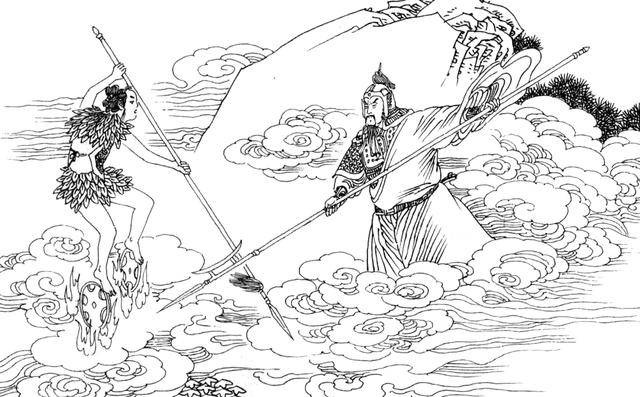
Nezha’s origin story is nothing short of extraordinary. According to legend, his mother, Lady Yin, carried him in her womb for an astonishing three years and six months. When he was finally born, he emerged not as a crying infant but as a fully formed child, wrapped in a glowing ball of flesh. His father, General Li Jing, was horrified and believed the child to be a demon. With a single sword strike, he split the flesh ball open, revealing Nezha, already equipped with his iconic golden armlets and a red sash.
From the very beginning, Nezha was marked as a being of immense power and destiny. His birth is often seen as a symbol of the miraculous and the unexpected, reminding us that the universe often works in mysterious ways.
The Rebel with a Cause
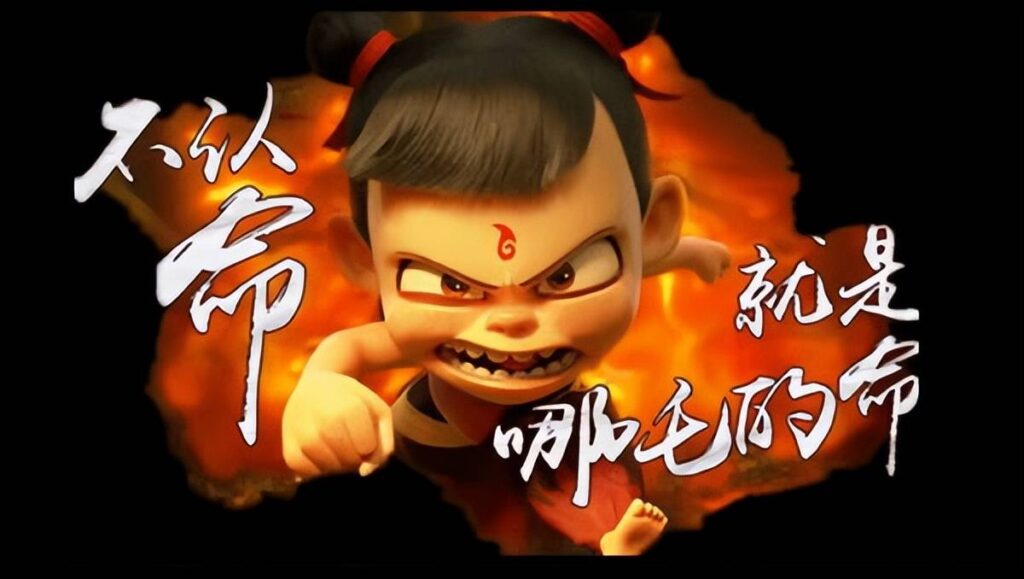
Nezha’s childhood was anything but ordinary. Endowed with divine powers, he was a force of nature—fiercely independent, bold, and unafraid to challenge authority. Armed with his *Hunyuan* (Primordial) spear, *Qiankun* (Cosmic) circle, and *Feng Huo* (Wind Fire) wheels, Nezha roamed the world, often causing chaos in his wake.
One of the most pivotal moments in his story is his battle with the Dragon King Ao Guang. After slaying the Dragon King’s son in a fit of anger, Nezha faced the wrath of the heavens. To protect his family and the people of his village, Nezha chose to take responsibility for his actions. In a dramatic act of self-sacrifice, he returned his flesh and bones to his parents, effectively ending his mortal life.
This act of selflessness is a turning point in Nezha’s journey. It reflects the Buddhist principle of *ahimsa* (non-violence) and the idea of surrendering ego for the greater good. Nezha’s sacrifice is a powerful reminder that even the most rebellious souls can find redemption through self-awareness and compassion.
A New Life, A New Purpose
Nezha’s story doesn’t end with his death. Through the intervention of the immortal Taiyi Zhenren, he was reborn with a lotus flower body, free from the limitations of his mortal form. This rebirth symbolizes purification and enlightenment, themes deeply rooted in Buddhist philosophy.
In his new form, Nezha became a protector of the innocent and a sworn enemy of evil. He joined forces with the gods to fight demons and restore balance to the world. His transformation from a rebellious child to a divine warrior mirrors the Buddhist path of self-discovery and spiritual growth.
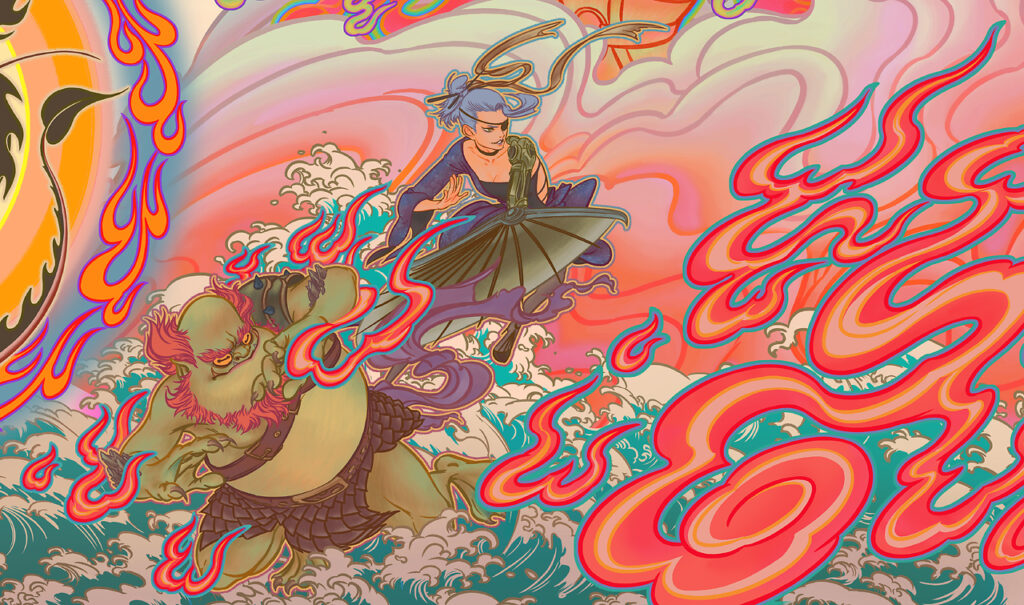
Nezha in Buddhism and Beyond
While Nezha’s origins lie in Chinese mythology, his story resonates with Buddhist principles in profound ways. His journey from chaos to enlightenment reflects the core tenets of *karma* (action and consequence), *samsara* (the cycle of birth and death), and *nirvana* (liberation from suffering). Nezha’s struggle with his own nature and his eventual transcendence remind us that even the most flawed individuals can achieve greatness through self-reflection and determination.
In modern times, Nezha continues to inspire millions. His story has been retold in countless novels, films, and TV shows, capturing the hearts of people around the world. Whether as a symbol of youth rebellion or a beacon of hope and transformation, Nezha’s legacy endures as a testament to the power of the human spirit.
Conclusion: A Timeless Hero
Nezha’s tale is more than just a myth—it’s a timeless narrative that speaks to the universal quest for meaning and redemption. His journey from a mischievous child to a revered deity is a powerful metaphor for the struggles and triumphs we all face in our own lives.
As we reflect on Nezha’s story, let us remember that no matter how turbulent our path may seem, there is always an opportunity for growth and transformation. Like Nezha, we too can rise above our challenges and find our place in the grand tapestry of the universe.
So, the next time you hear the name Nezha, think of the boy who defied the heavens, the warrior who fought for justice, and the enlightened being who continues to inspire us all. In his story, we find not only excitement and adventure but also timeless wisdom for our own journey toward enlightenment.
—
What do you think of Nezha’s story? Have you encountered other tales of rebellion and redemption in mythology? Share your thoughts in the comments below!
